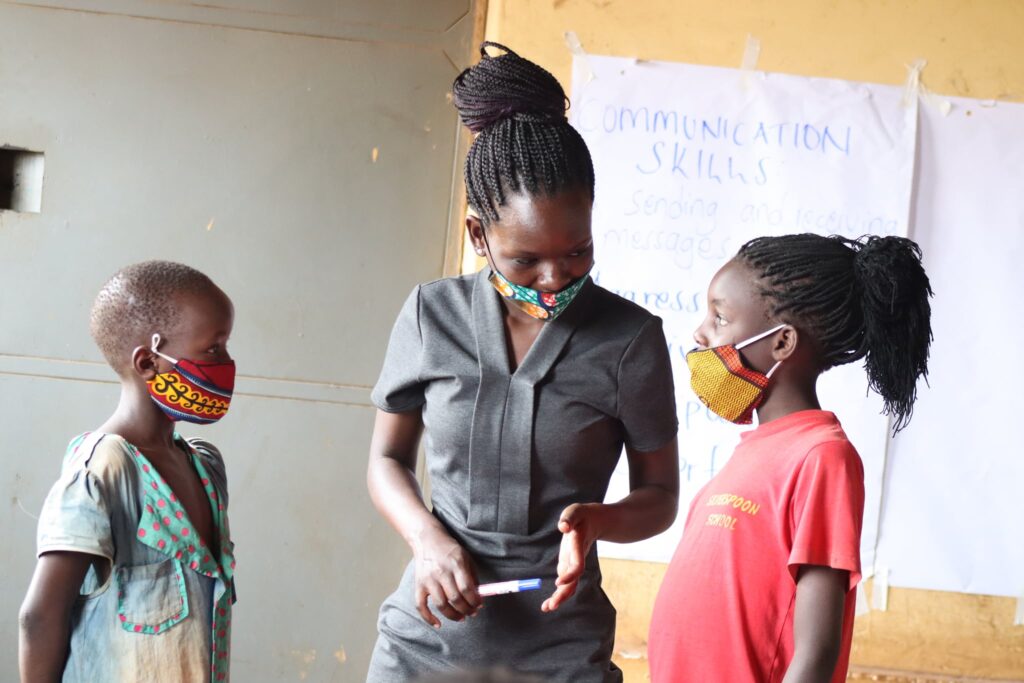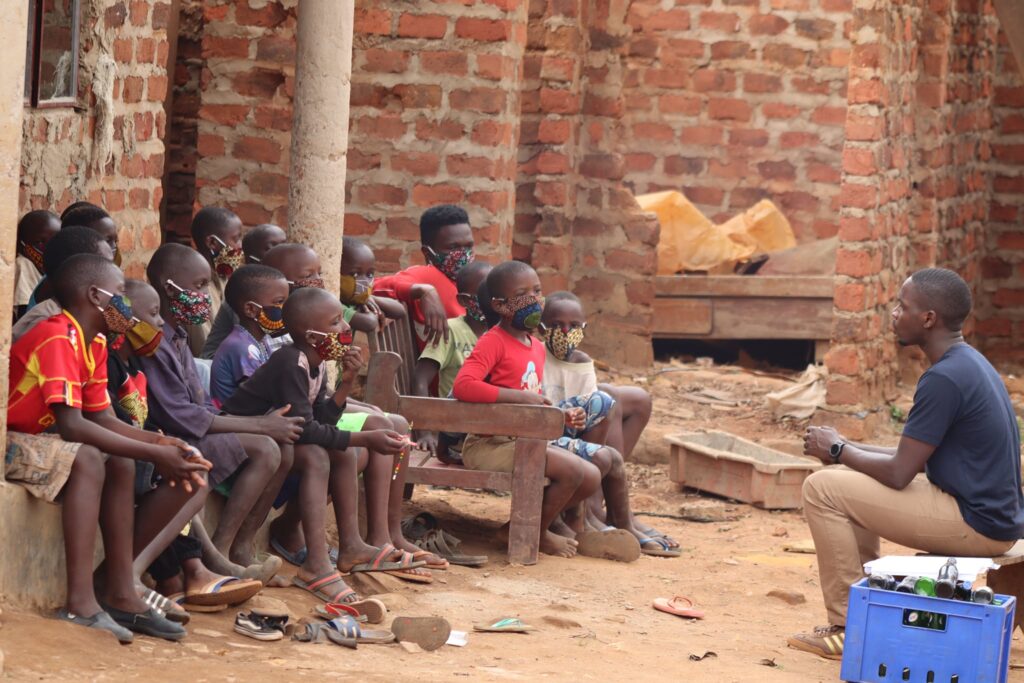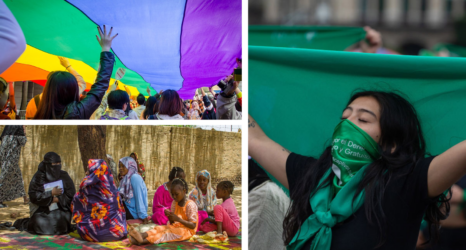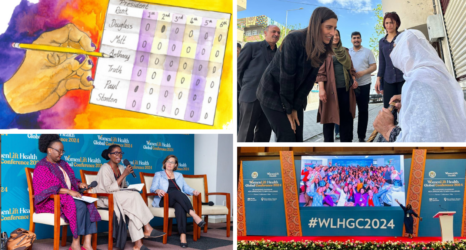
It’s back-to-school time in a pandemic, and in much of the world, educators, parents and children anxiously await news of what’s next:
Has the coronavirus been sufficiently controlled so students and teachers can go back to school safely, freeing parents to go back to work? Can citizens trust the data and guidance their public officials are putting out?
And whose data and policy decisions are these, anyway? Those of scientists and public health experts, or populist politicians with their own interests in mind?
Here in the United States, chaos reigns. With COVID-19 surging and rates of infection ricocheting across the country, 73 of the nation’s 100 largest school systems have opted for distance learning this fall. But the president and other leaders are pressing hard for schools to open, leaving school principals agonized over how to secure enough protective equipment and improve the ventilation, cleaning protocols, classroom spacing, and school transport, and how to pay for all those things.
Many wealthy Americans, meanwhile, have left big cities and coronavirus hotspots to reside full-time at their vacation hideaways or new homes in quieter, pricier residential communities—where their children can safely meet, learn, and play, outside and well-protected, at properly equipped suburban schools or under the tutelage of private instructors.
Since the virus struck the developing world, countless families in Latin America, Asia and sub-Saharan Africa have abandoned their homes and livelihoods in crowded, costly cities for their ancestral rural villages—a common practice in times of domestic or political strife or an economic or public health emergency, when the cities might feel unsafe or when funds run dry.
In both contexts, this out-migration would seem to be slowing the rapid fire worldwide urbanization that, by mid-2008, made the global population more urban than not. The differences, though, in the prospects for their children—especially for girls—between these similarly de-urbanizing trends could not be more stark.
The suburban schooling or private tutoring for American girls and boys whose families have left the city is likely to be quite good, the children’s college and eventual job prospects unaffected by their move.
In rural Mali, Malawi, Cambodia, Afghanistan, though, or the dozen other countries where WomenStrong International members work with young people, the quality of education, the quality of and access to broadband, TV, or radio, to accommodate remote learning during the pandemic, access to sexual and reproductive health services, and the range of potential livelihoods and incomes toward which a student might strive are all tragically diminished, deepening structural inequality and entrenching poverty for at least another generation.
For girls, the stakes are even higher.
In Kampala, Uganda, where increased fatalities from COVID-19 recently delayed back-to-school plans, many parents unable to provide for their families due to the shutdown have moved their daughters out to their home villages in the countryside, where life can be rugged and tough, reports program officer Abel Moses Mwesigwa, of WomenStrong member Girl Up Initiative Uganda.
“The chances of their returning to school are minimal, while the chances of marrying them off are high,” Mwesigwa said.

Pre-pandemic, UNESCO had estimated that more than 98 million adolescent girls were out of school.
The Malala Fund projects that protracted school shutdowns due to COVID-19 will augment that number by an additional 20 million girls—leaving them at risk of violence and abuse, teen pregnancy and early marriage, a lost year (or more) of academic, social, and emotional learning, and diminished educational achievement, physical and mental health outcomes, and earning power over a lifetime.
The World Bank has determined that universal secondary education can effectively eliminate child marriage and reduce the risks of becoming a teen mom and of intimate partner violence, under-5 mortality, and child malnutrition.
Secondary education can also increase women’s earning power, their ability to make decisions about their own healthcare and household finances, and their social capital, as measured by their capacity for both altruism and friendships they can count on.
These gains, compounded by the Bank’s estimate that secondary education for girls could reduce both the total fertility rate and global population, suggest that achieving this single goal has the power to transform our very future and that of the planet.
Back in March, UNESCO acted swiftly to forge a Global Education Coalition that mobilized lead UN agencies, development banks, the private sector, labor movement, and others to muster their collective wisdom, resources, and innovative solutions to help salvage the schoolyear, ensure equity in continued access to learning, and ease students’ return to school, when that can occur safely.
The painful and protracted interruptions to girls’ education are a global emergency, with incalculable potential losses to follow, should this and other such endeavors fail.
It will take all hands on deck, including everything our leaders and each of us can do, to keep the hard-won progress over recent decades from unraveling; 120 million girls’ lives, dreams, their families’ future, and their human rights depend on it.





